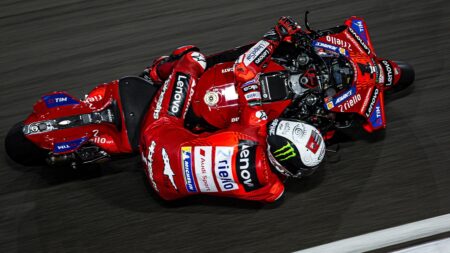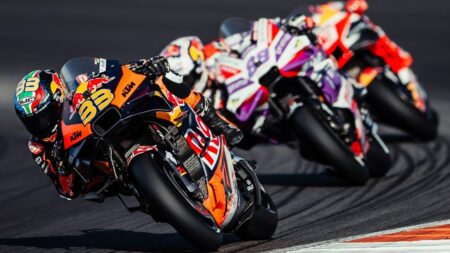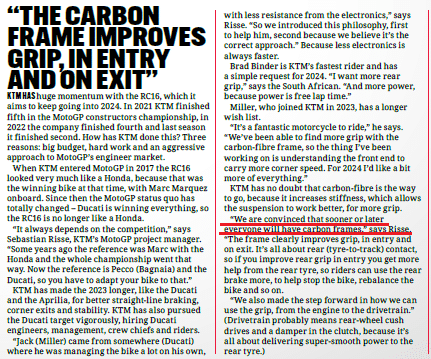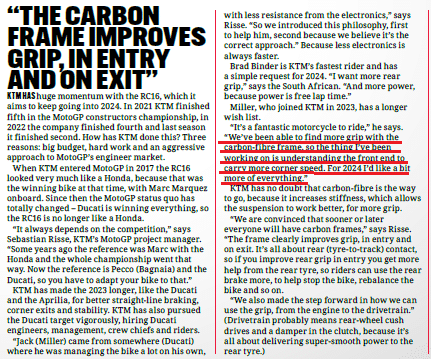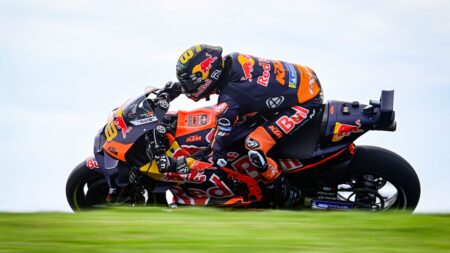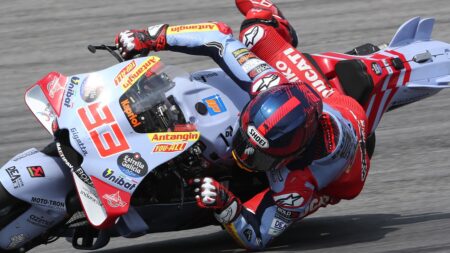Clashes between journalists and PRs are inevitable, because they have contradicting objectives. Journos want to dig into what’s going on, while a PR’s job is to protect the brand. Truth isn’t their number-one priority.
Like George Orwell wrote, “Journalism is printing what someone else does not want printed. Everything else is public relations”.
The world’s first PR person was American Edward Bernays, who during World War I was hired by the US government to sell the idea of the country entering the war, when most Americans weren’t keen. He was so successful that he set up the world’s first PR agency after the war.
Among his numerous corporate gigs, Bernays was employed by the US tobacco industry to get women smoking, because at that time few women smoked. He consulted a Freudian psychoanalyst and promoted cigarettes to women as ‘torches of freedom’. This campaign was another big success.
Bernays’ work spawned a global PR industry that now works in every sphere of human endeavour.
Press relations – as Bernays proved – is a psychological game: you tell journalists selective truths, giving them information you want them to have, while hiding information you don’t want them to have. You cultivate friendships with journalists, because if they like you, they just may be nicer to your brand. And you stay friends, even if you hate their guts, because that’s a game.
Also useful is the possession of a vague idea of how journalism works. That’s why some of the best PRs are former journalists, who swapped sides to make more money. “Journalism is more fun,” one journo-turned-PR told me. “But PR is much more lucrative.”
The Red Bull KTM team is one of MotoGP’s best – hugely dedicated, massively hardworking and well looked after by its management. It enjoys possibly the best morale of any factory team. There’s always a buzz in the KTM garage – the mechanics really enjoy what they do and usually give a friendly nod when you walk down pit lane.

Red Bull KTM’s Brad Binder finished fourth in the riders’ standings last year, while team-mate Jack Miller finished eleventh
KTM
Its riders Brad Binder and Jack Miller are great to talk to and its engineers are generous with their time when you want a quick chat behind the garages. And I’ve had some great interviews with motor sport director Pit Beirer, engine designer Kurt Trieb, technical director Sebastian Risse, crew chief Paul Trevathan and others.
I last interviewed Risse (whose nickname in the team, which includes several Sebastians, is Clever Seb) during last November’s Malaysian GP.
The full interview was published on this site a while back, running to more than 2200 words. The print magazines I work for – in Europe, the USA, Australia and Japan – are more restricted on space, so I had just 500 words to cover each manufacturer, including rider and engineer quotes.


